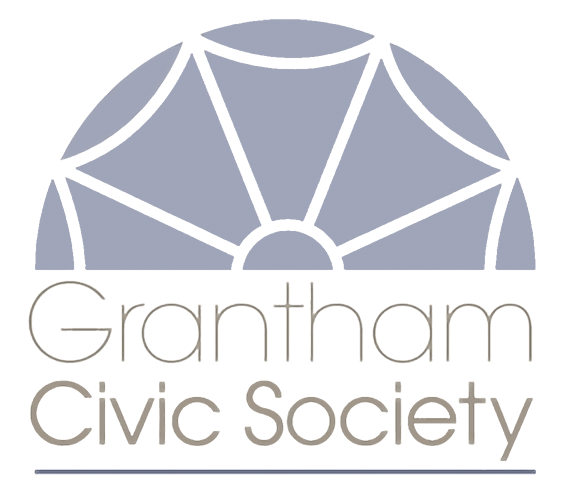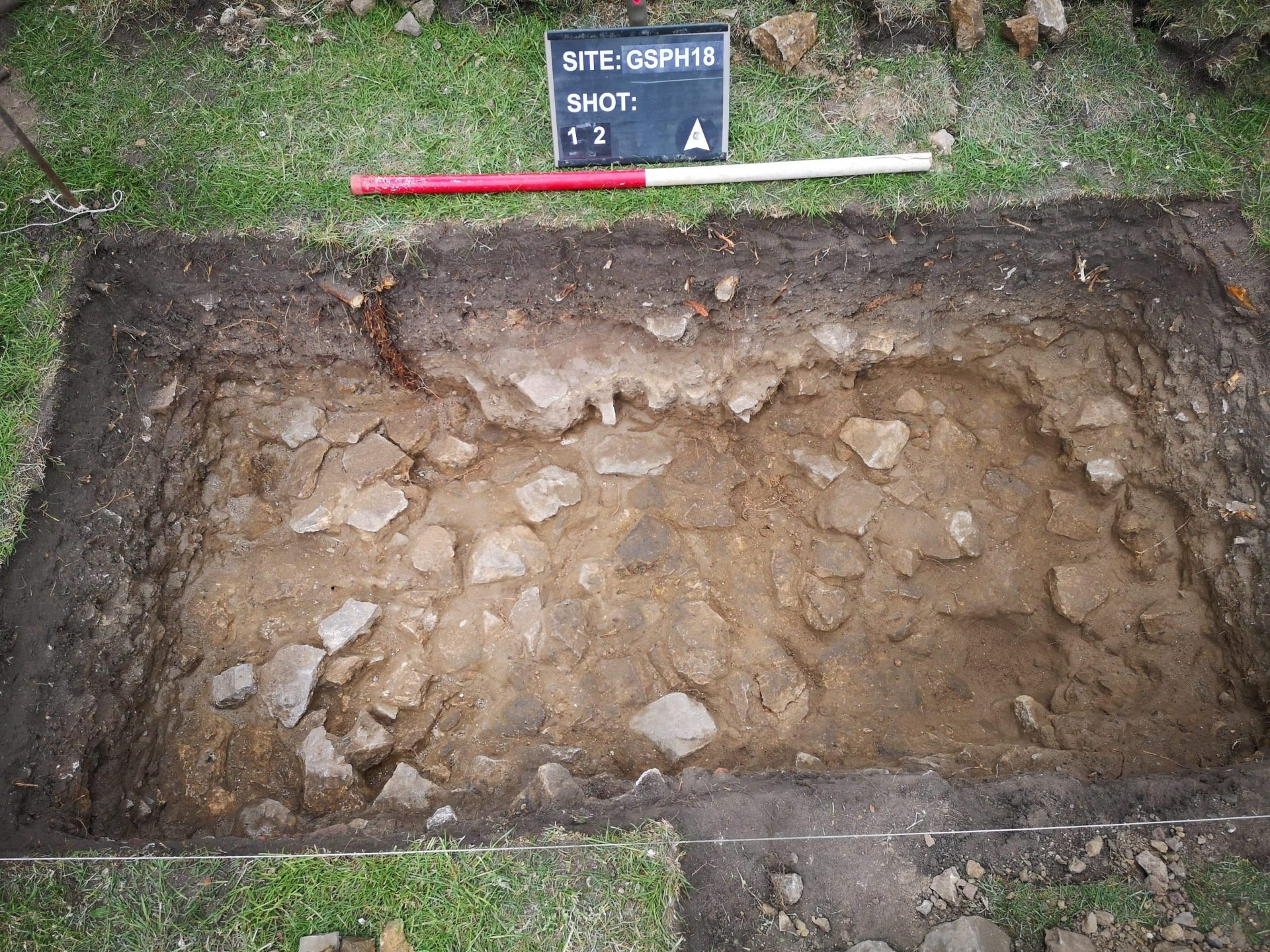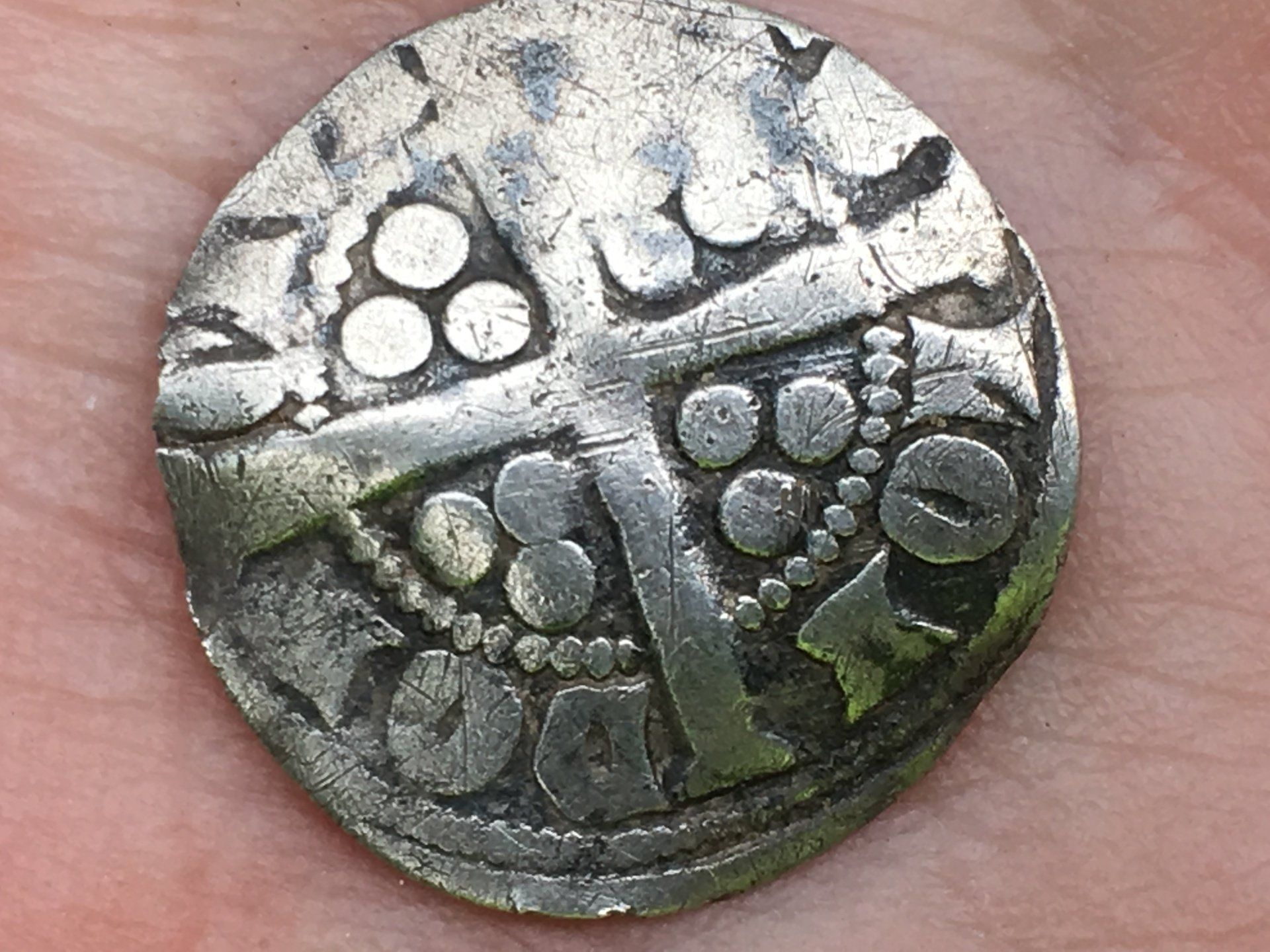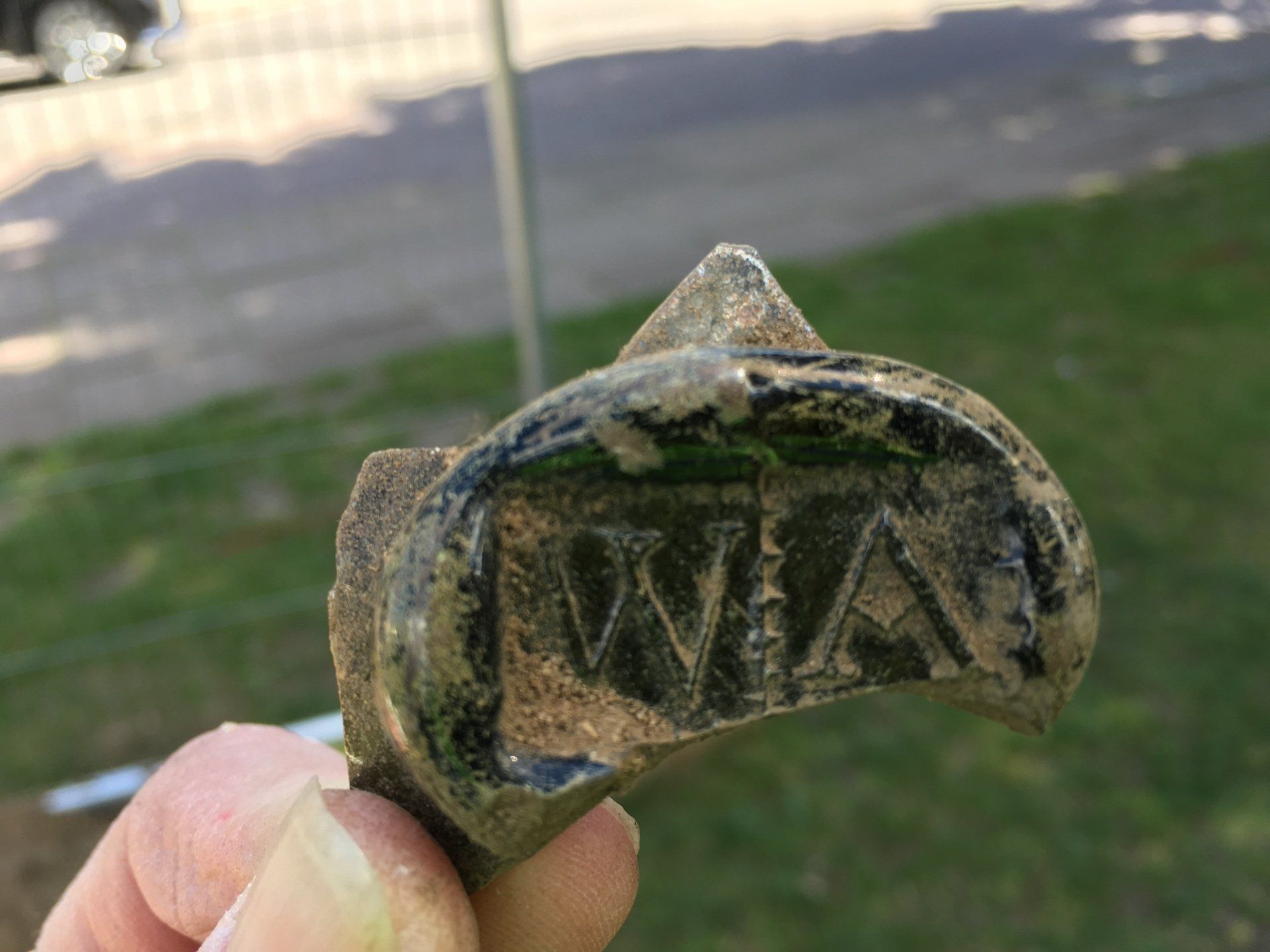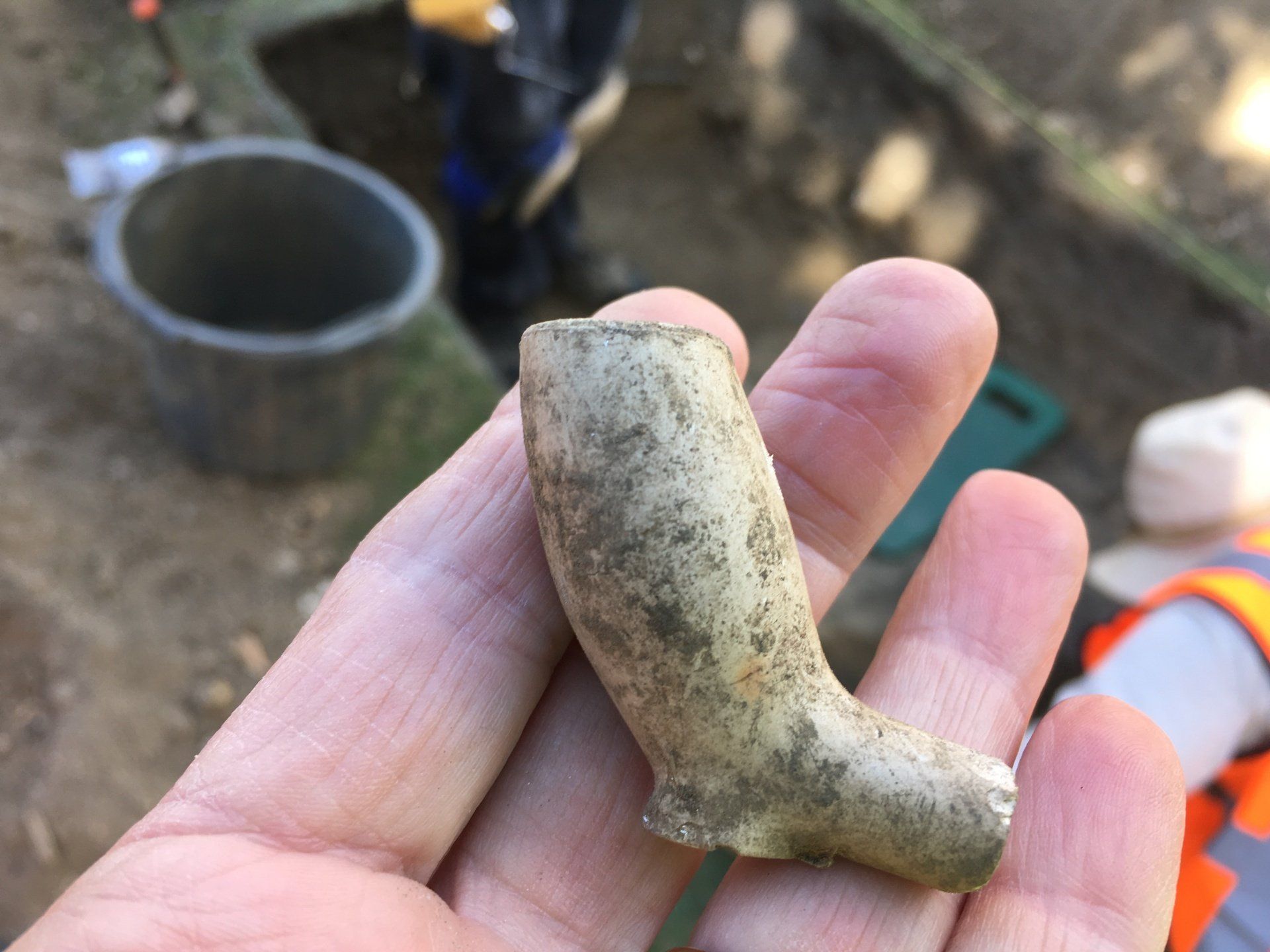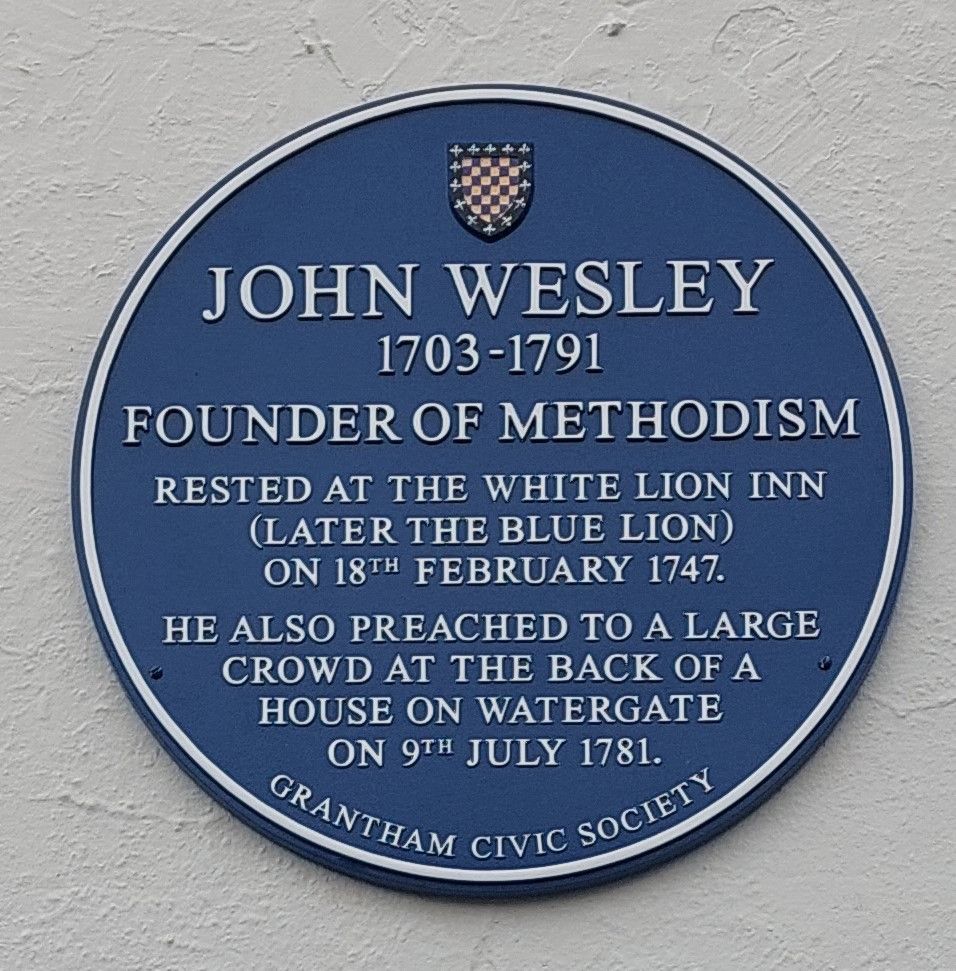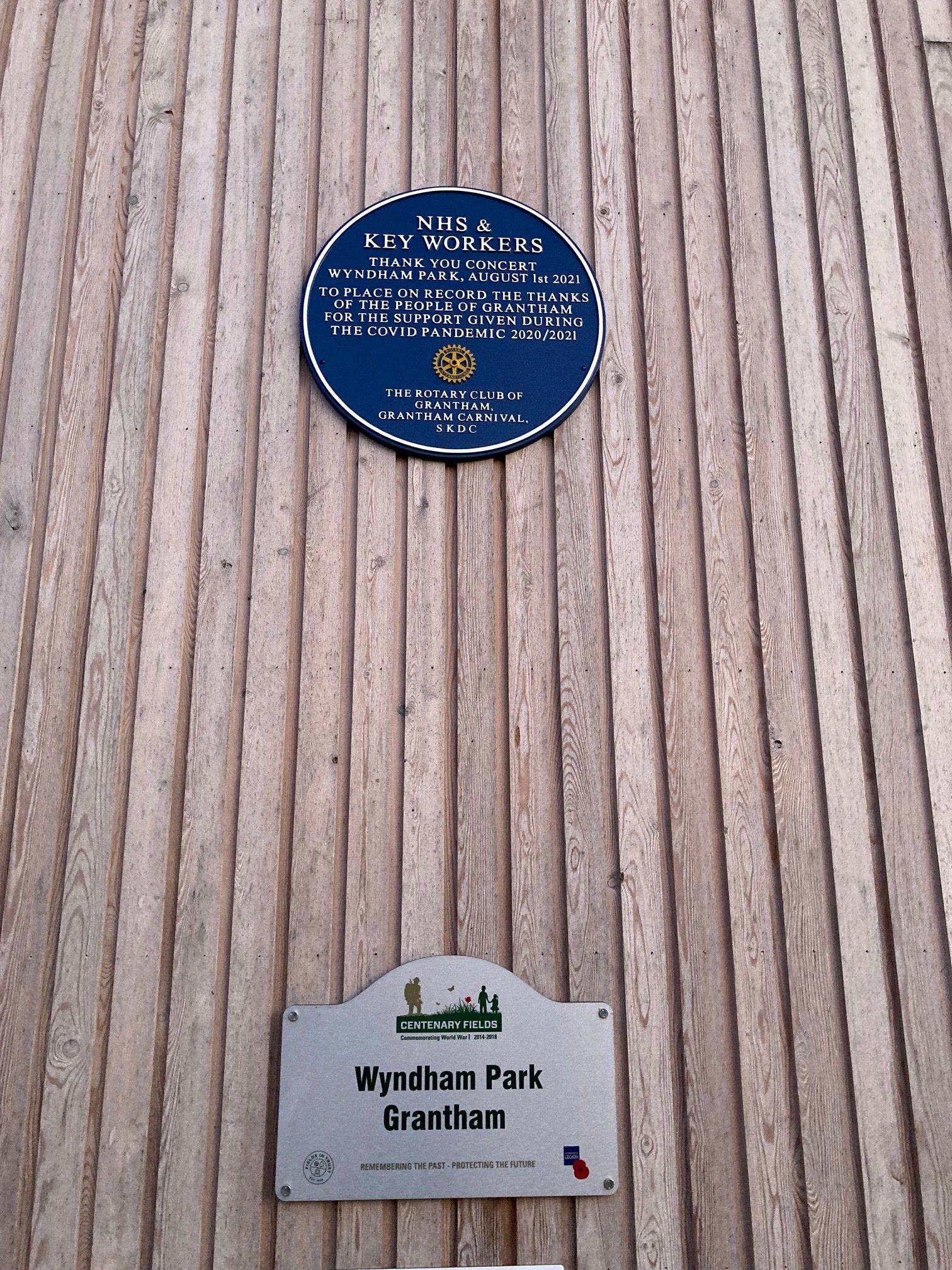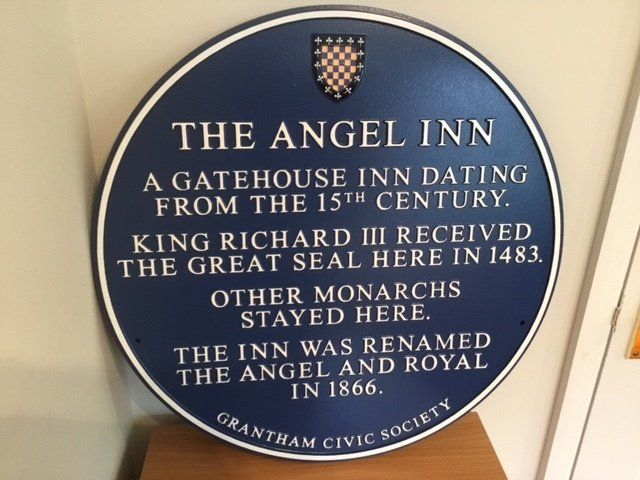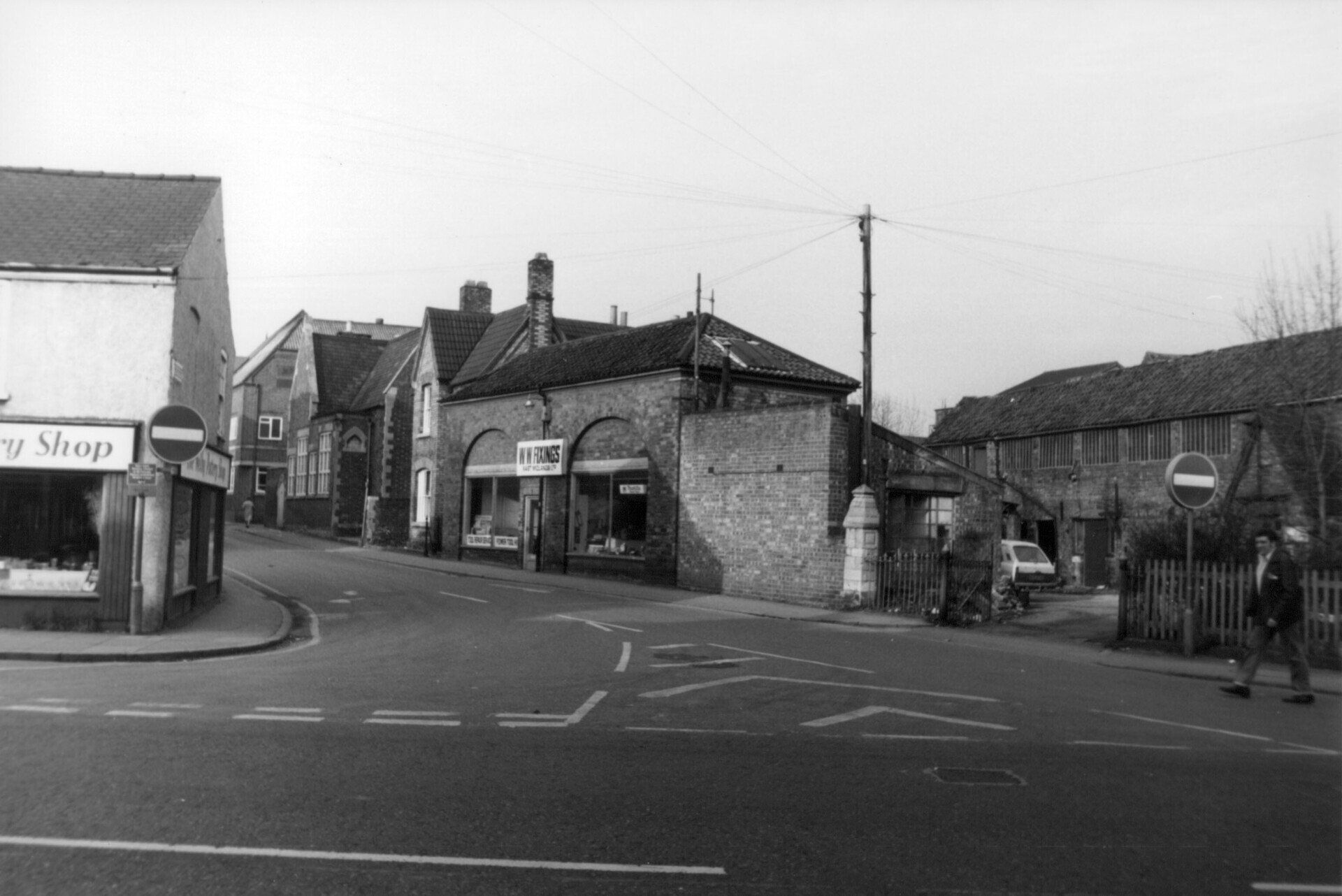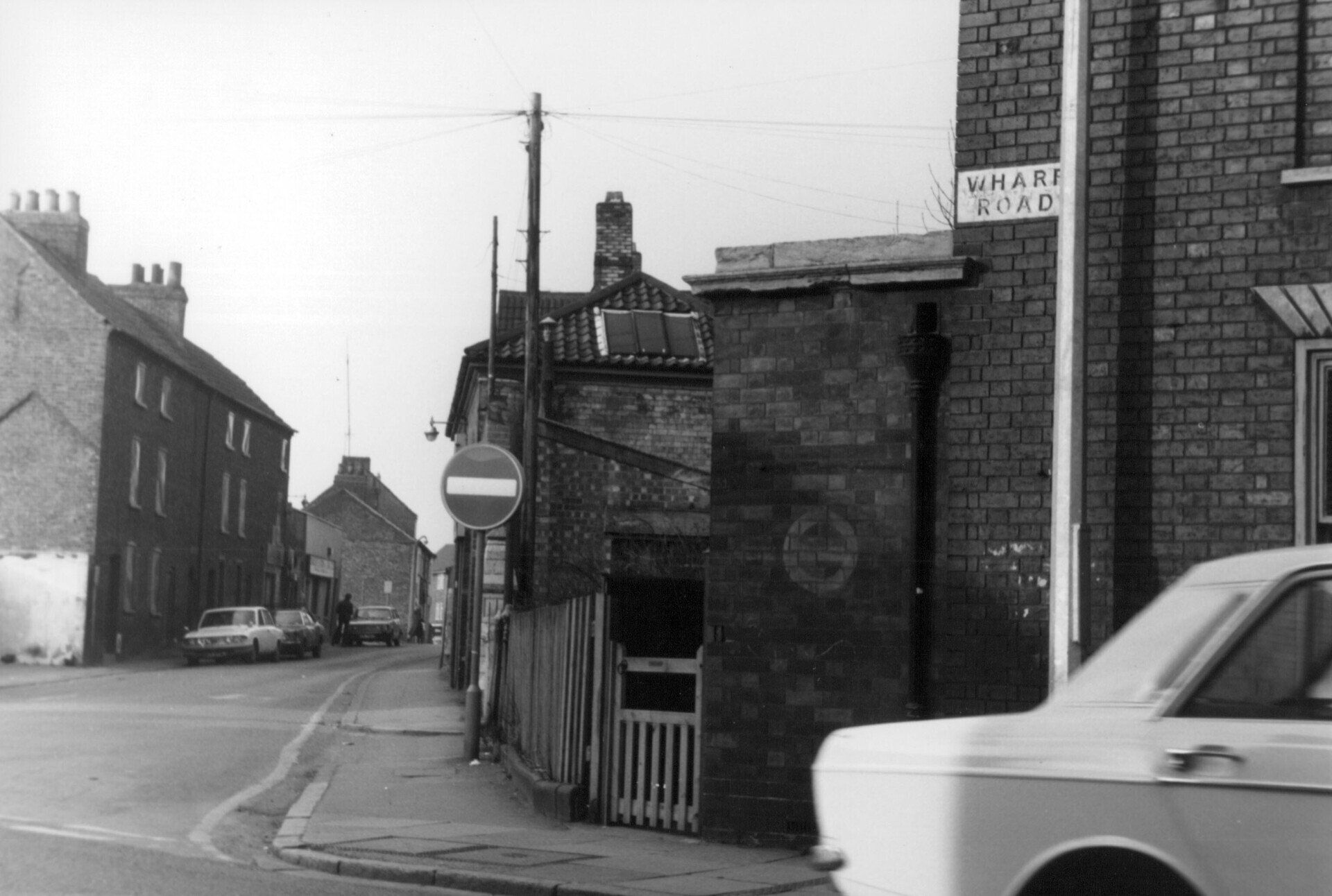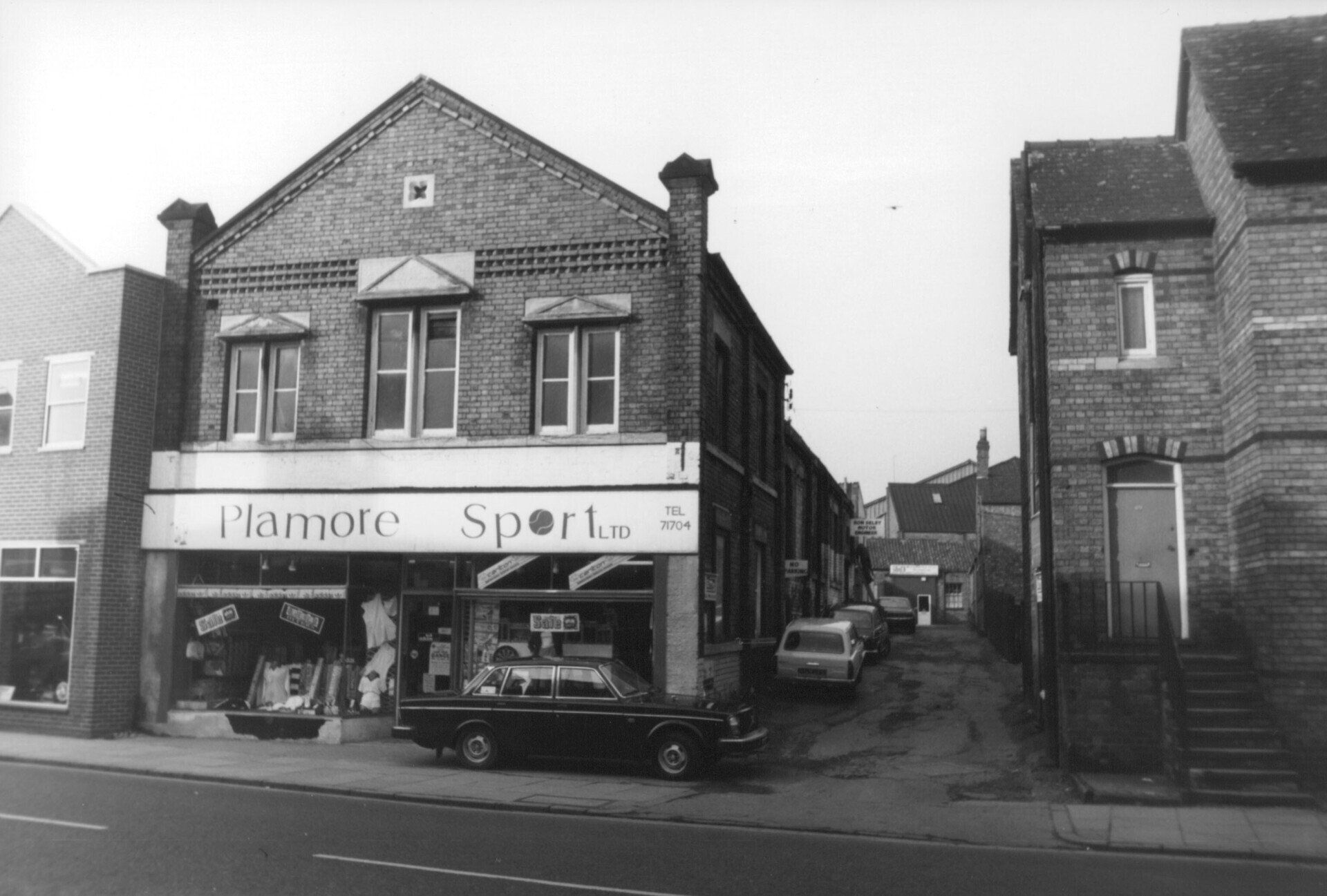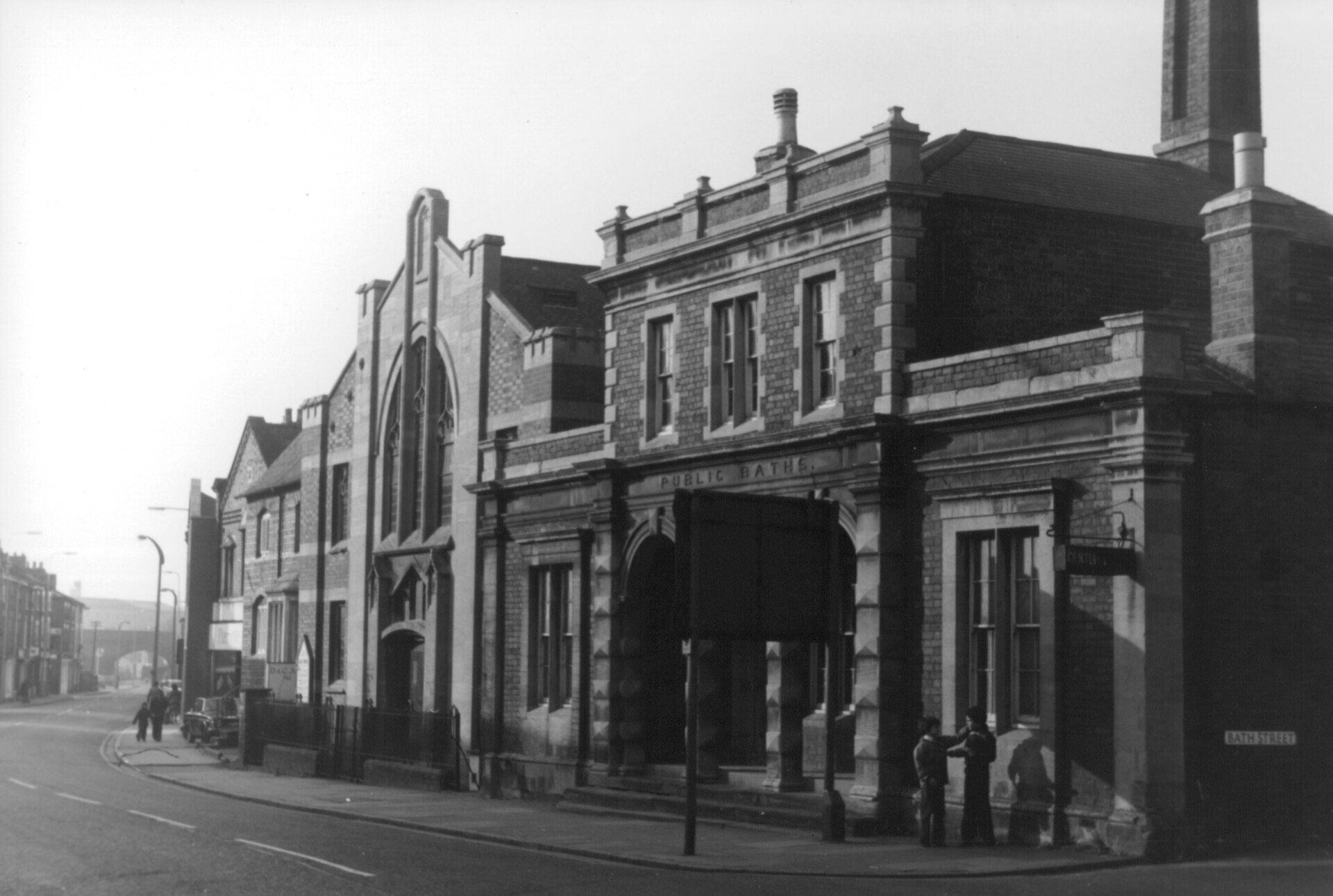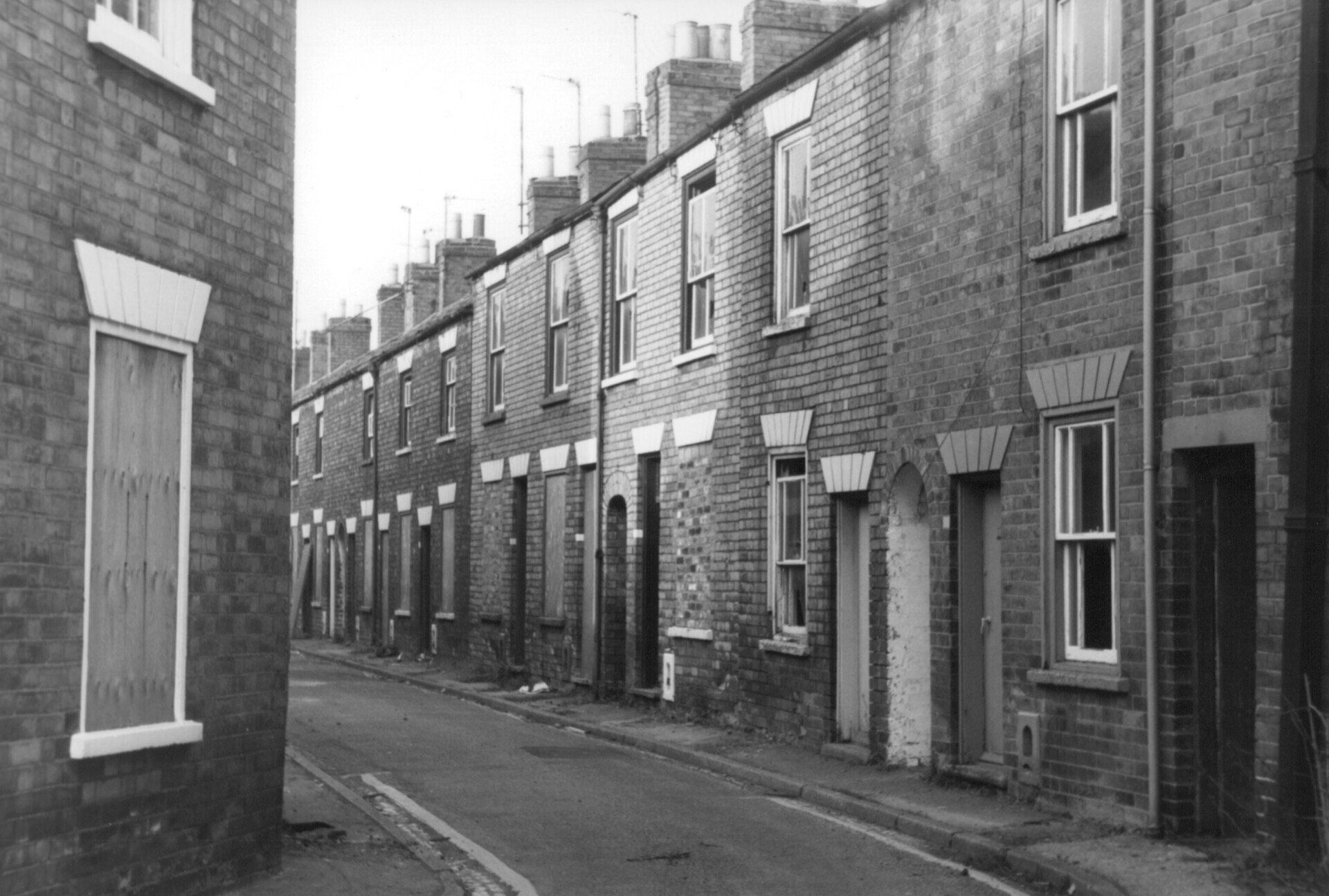St Peter's Hill Dig
Author name
St Peter’s Hill Archaeological Dig
St Peter’s Hill Archaeological dig was our first buildings recording group project.
After scorch marks appeared on St Peter’s Hill green during the long hot summer of 2018, a resistivity study was undertaken by Lincolnshire Heritage, on behalf of Grantham Civic Society, funded with a grant from SKDC’s Community Fund. It revealed three areas of interest where it was possible that there was buried masonry. Early in 2019, the society were awarded another grant from InvestSK enabling them to employ Lincolnshire Heritage once again to supervise the digging of three test pits to try and identify what lay beneath the ground.
One pit yielded 17th century artefacts such as pottery and clay pipes, whilst another revealed a stone pillar, which may have been the entrance to the well house or conduit known to have been situated near there before 1858. The other pit was where an Edward I silver coin was found. The base of the pit dated to between the 11th and 13th centuries and had a cobbled base with demolition rubble on top, thought to be perhaps the remains of St Peter’s Chapel. The area of St Peter’s Hill, was owned at the time of the Norman Conquest by an Anglo-Saxon nun called Elsuid. When she died, she left the property to Peterborough Abbey.
The first reference to the chapel on the site dates from 1338, when Emma of Stapleford was given permission to be enclosed as an archoress in a cell adjoining the chapel. An anchoress was a pious woman who lived alone and apart from society. She was subject to religious rites of consecration similar to those of a funeral, and so was considered dead to the world, a type of living saint. She was fed by people in exchange for prayers. The chapel was mentioned again in the patent rolls of 1339 and 1349. They confirmed that Roger de Wolsthorpe and Richard de Saltby (whose tomb is on the south wall of St Wulfram’s church) paid for three chantry priests to pray for the souls of them and their families, one in St Wulfram’s church, one in St Peter’s chapel and one in the chapel of St Thomas the Martyr in St Wulfram’s churchyard.
Rentals dated 1346 and 1404 for the property of Peterborough Abbey in Grantham have survived, showing that they also owned land adjacent to the chapel and in Elmer Street and Castlegate. A singing chaplain was one of the people living in one of their cottages. In 1548, after the dissolution of the monasteries, the last priest of St Peter’s chapel was Thomas Mackander, retired with a pension of £6 per year. The goods and ornaments in the chapel at that time were valued at 3s 4d and the chalice weighed 3oz.
The chapel may have been ransacked during the Civil War; certainly the Eleanor Cross was pulled down at that time. When William Stukeley lived in a house on the corner of Castlegate (on the site of Alive church) from 1726 to 1730, St Peter’s chapel had fallen into disrepair and may have been demolished. His friend Mr Ashton, according to Stukeley, used some of its stone to construct the back of his house on St Peter’s Hill. The rest of the stone lay on the cobbled ground undisturbed and was eventually covered over. The land was later used as a wood store for a local architect and builder Joseph Langwith.
In 1800, after the area was acquired by the town, it was decided to build a theatre on the green. After initial excavation, numerous bodies were found, buried adjacent to where the old chapel had been situated. They were removed to the crypt of St Wulfram’s church and were eventually reburied in the churchyard. The theatre plans were subsequently abandoned. The buildings surrounding the green have changed, but the green itself has remained largely untouched, except for landscaping and the erection of the statues.
RECENT ARTICLES
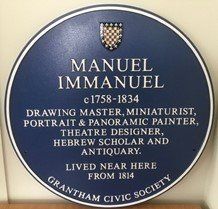
Manuel Immanuel was thought to have been born around 1758. He may have been the son of a painter and illustrator of manuscripts of the same name in London. He was an immensely talented artist, and also designed scenery and interior designs of theatres. He used transparencies and lamps to illustrate his work, often illustrating full size animals such as elephants. In 1805 The New Street Theatre on Red Lion Street in Boston was built to house Robertson’s Touring Company. When it was completed in January 1806, it could accommodate 1,079 people. It was reported that the interior decorations from ‘the Masterly pencil of Mr Immanuel, evince a taste and genius, which add to the reputation he already acquired as an artist’. Whilst in Boston he joined the local Lodge of Freemasons. In 1809, there were many celebrations to commemorate King George III, who had acceded to the throne nearly fifty years before. At St Ives in Cambridgeshire, Mr Immanuel, who was at that time living in Bedford, painted a large transparency and was given huge acclaim for his work. At was noted that he had recently produced a similar piece in Huntingdon.
